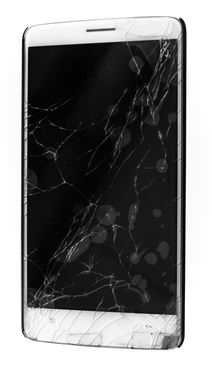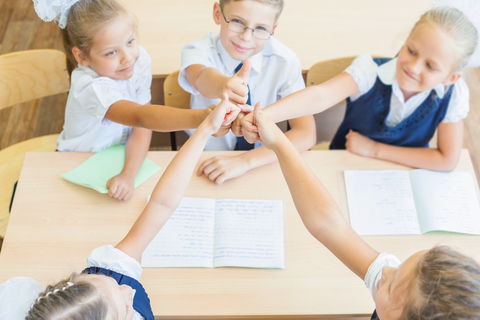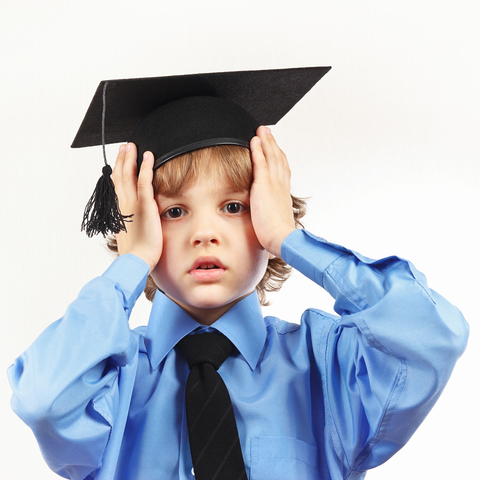Electronic technology is one of the fastest-growing sectors in the world, and electronic appliances are constantly upgraded. The quest for the best gadgets means that consumers increasingly discard e-waste. Put simply, e-waste includes any electric or electronic appliances as well as components or consumables which depend on electric currents or electromagnetic fields to function.
In today’s world, Australian Schools recognise that electronic technology is a useful and ubiquitous learning tool, and that tech-savvy students have a competitive advantage in the workforce, as well as in almost every other area of life. Schools must help students navigate the increasingly complex technological landscape by investing in technology according to their means. As a result, the education sector significantly contributes to the 40 million tonnes of e-waste generated annually around the world, which is being sent to landfill at three times the rate of non-electronic waste.
Why Reduce Electronic Waste?
Schools seek to serve and support Australian communities to the best of their ability, and therefore must lead by example with regard to recycling and disposing of e-waste in environmentally friendly ways. It’s crucial to minimise the amount of e-waste generated by institutions and consumers, as it damages the environment. Overall, e-waste generates about 70% of the toxic chemicals found in landfill.
Poisonous substances from decomposing e-waste can contaminate soil, groundwater, and even become part of the food chain. Harmful chemicals found in e-waste include lead and arsenic in cathode ray tubes, mercury in solder and switches, selenium in circuit boards, cobalt in steel for magnets, and cadmium in semiconductors. Batteries, CDs, DVDs, computers and accessories, electrical appliances, mobile phones, power tools, printer cartridges, televisions, video and audio tapes, and even white goods like fridges contain valuable chemicals which can be recovered, and can often be repaired or recycled.
Solutions to Minimise E-Waste
It makes sense to keep e-waste out of the waste stream for as long as possible by refurbishing, repairing, or recycling electronic goods and their components, rather than heading straight to the dump when they malfunction. In addition, many toxic substances in e-waste are also commercially valuable, and are therefore a potential source of revenue. Second hand computers or recovered components can be more affordable for students, schools and non-profit organisations that have to make do with modest budgets.
Many computer and electronics companies offer leasing programs to schools and will repair and refurbish leased products as needed. Leased equipment can often be returned to the manufacturer when it reaches the end of its life cycle or is no longer required. It is also often less expensive to lease equipment than to buy it outright. When buying new equipment, schools should choose to buy environmentally friendly products if possible. For example, some toners and inks are produced with biodegradable soybean oils and are much less toxic than petroleum based ones. Often, used printer cartridges can be refilled with toner ink refill kits.
Schools should avoid buying from companies that don’t offer recycle and reuse options. Those that predominantly buy durable, repairable, and long-lasting products that come with a good warranty will generate less e-waste for Schools. Such practices save schools and students money in the long run.
Indeed, many Australian companies and initiatives assist with the disposal and recycling of mobile phones, batteries, and printer cartridges. These include Mobilemuster, Cartridges 4 Planet Ark, and the Australian Battery Recycling Initiative to name a few. The National Television and Computer Recycling Scheme (NTCRS) introduced waste collection and drop off services in May 2012. In 2013, there were over 40 e-waste drop-off points across the country. This number has grown, building on existing schemes funded by councils, charities, and other organisations.
A few e-waste items, such as smoke detectors, do not currently have dedicated recycling programmes. However, commercial quantities of ionisation detectors are classed as radioactive waste, and must be carefully disposed of by schools and other institutions in approved ways.
In short, Schools must join together and set an example by reducing their School e-waste. The education sector and the wider community all stand to gain by minimising e-waste and creating a healthier environment. The order of the day should be to repair, refurbish, and recover electronic and electrical items, and to dispose of them in environmentally friendly ways.
Sources
“Electronic and Electrical Waste.” Waste Account, Australia, Experimental Estimates, 2013. ABS Report No. 4602.0.55.005. 19 February, 2013.
“Electrical Equipment.” Business Recycling. 2010.
“E-Waste Fact Sheet.” Clean Up Australia Ltd. 2015.



